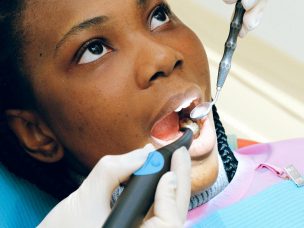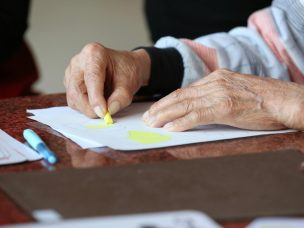Atopic dermatitis is the most prevalent skin disease. Up to 25 percent of children and 8 percent of adults have a current or past atopic dermatitis diagnosis. Atopic dermatitis negatively affects the quality of life and disrupts sleep at night due to itch. In addition to asthma and allergies, atopic dermatitis comorbidities can lead to:
- Children’s behavioral problems
- Depression
- Anxiety
- Low self-esteem
- Parent-child conflict
- Cardiovascular disease
- Cognitive dysfunction
Croce et al. (2021) explored literature to understand atopic dermatitis racial and ethnic incidence, prevalence, severity, and persistence disparities concerning:
- Socioeconomic status (income, wealth, educational attainment)
- Environmental exposures (neighborhood, housing, psychosocial stress, indoor and outdoor air pollution, indoor allergens)
- Health care access and quality
- Genetics
- Geographical ancestry
- Biology
- Individualized and structural racism
- Skin pigment
Black and Latinx Americans experience greater atopic dermatitis disease burden, incidence, prevalence, severity, and persistence than White Americans.
- Black children are approximately 1.7 to 2.1 times more likely to receive an atopic dermatitis diagnosis than White children.
- Among children with atopic dermatitis, Black children are more than twice as likely, and Latinx children are more than 1.5 times as likely to have severe atopic dermatitis as White children.
- Black and Latinx children are more than three times as likely to have persistent atopic dermatitis than White children.
Persistent atopic dermatitis is associated with increased atopic dermatitis severity and burden. These children are also at a higher risk for asthma diagnosis and poorer overall health.
- Perhaps due to late childhood-onset, persistent atopic dermatitis, and reporting bias due to presenting later to a healthcare provider, Latinx children experience approximately half the atopic dermatitis prevalence as White children at age 5 (8.7% vs. 15.6%). And more than 1.5 times higher prevalence at age 15 (14.2% vs. 9.5%).
- Black, Latinx, and White children born outside of the United States were much less likely to receive an atopic dermatitis diagnosis. However, these protective effects disappeared after 10 years in the United States.
Healthcare providers are encouraged to learn how to recognize atopic dermatitis in all skin tones. Black and Latinx populations may have more severe and persistent atopic dermatitis. Primary care providers should manage care accordingly, increase surveillance when necessary, and refer patients to dermatology specialists for disease control. There is also a need to implement economic, health care, environmental, and housing policies to address structural racism.
Source:
Croce, E.A., Levy, M.L., Adamson, A.S., & Matsui, E.C. (2021). Reframing racial and ethnic disparities in atopic dermatitis in Black and Latinx populations. Journal of Allergy and Clinical Immunology, 148(5), 1104-1111. https://doi.org/10.1016/j.jaci.2021.09.015









